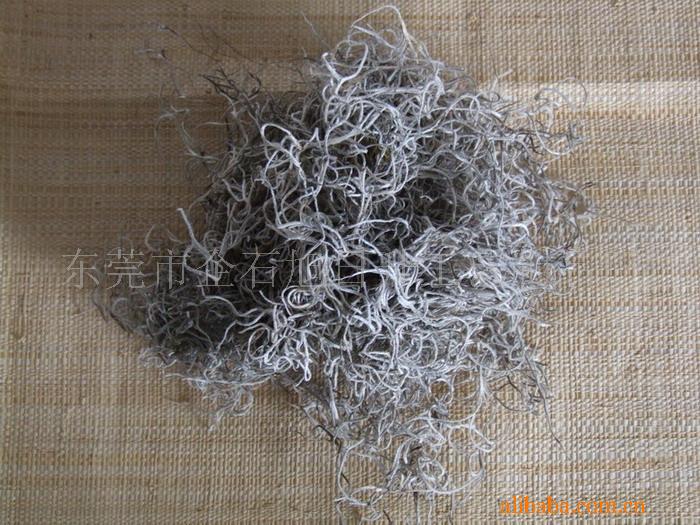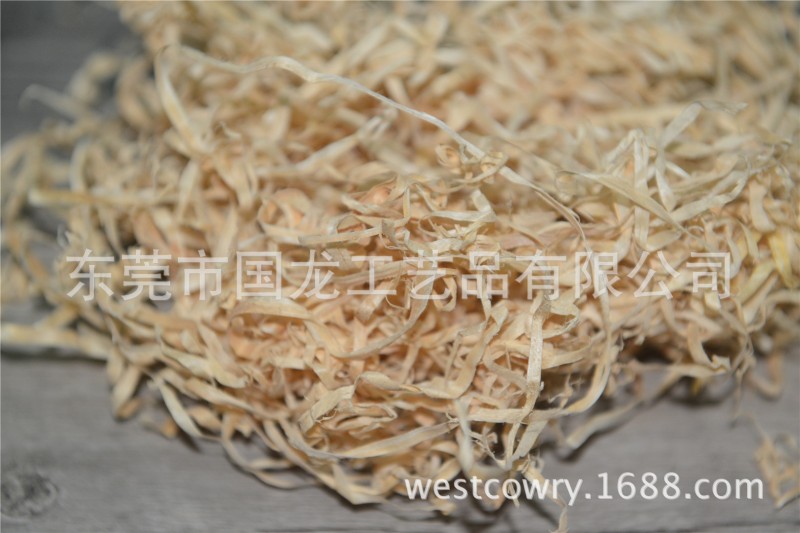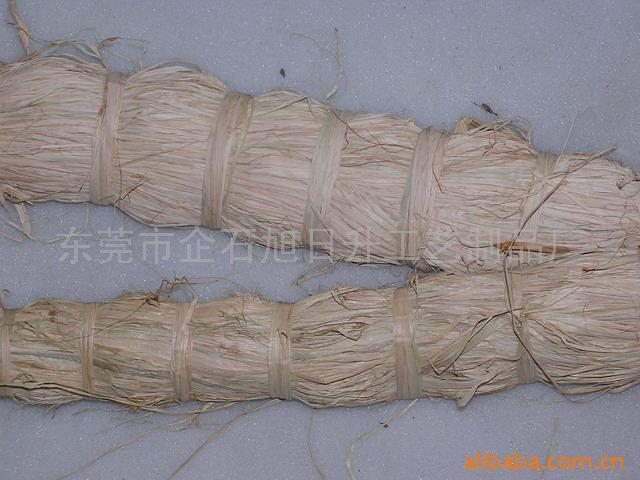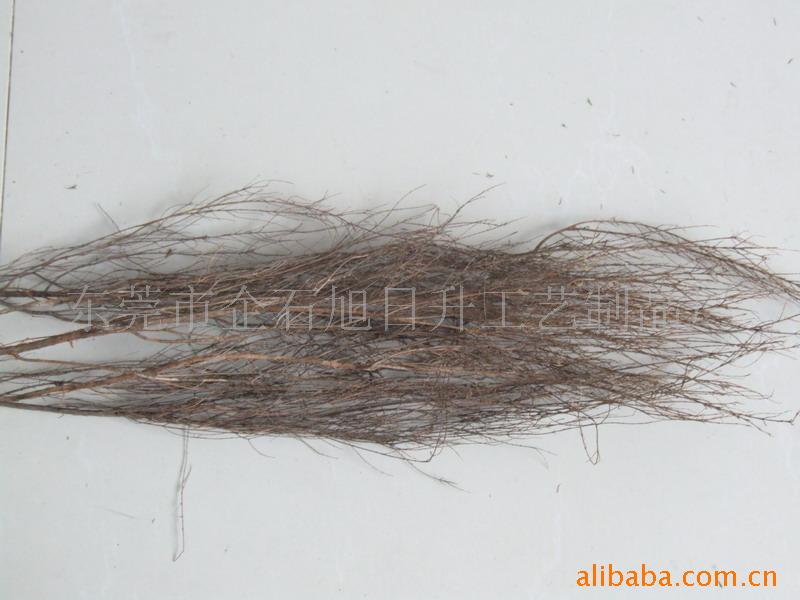Spanish moss
| Kingdom: | Plantae |
| (unranked): | Angiosperms |
| (unranked): | Monocots |
| (unranked): | Commelinids |
| Order: | Poales |
| Family: | Bromeliaceae |
| Genus: | Tillandsia |
| Subgenus: | Diaphoranthema |
| Species: | T. usneoides |
| Tillandsia usneoides (L.) L., 1762[1] | |
Spanish moss (Tillandsia usneoides) is a flowering plant that grows upon larger trees, commonly the Southern Live Oak (Quercus virginiana) or Bald Cypress (Taxodium distichum) in the southeastern United States.
The plant's specific name usneoides means "resembling Usnea", and it indeed closely resembles its namesake Usnea, also known as beard lichen, but in fact Spanish moss is not biologically related to either mosses or lichens. Instead, it is an angiosperm in the family Bromeliaceae (the bromeliads) that grows hanging from tree branches in full sun or partial shade. Formerly this plant has been placed in the genera Anoplophytum, Caraguata, and Renealmia.[2] The northern limit of its natural range is Northampton County,[3] Virginia, although small strains of Spanish moss have been also found In the southernmost extremes of coastal Delawarethen south on the Delmarva in Maryland and Virginia. The primary range is in the southeastern United States (including Puerto Rico), to Argentina, growing wherver the climate is warm enough and has a relatively high average humidity. It has been introduced to similar locations around the world, including Hawaii and Australia.
The plant consists of a slender stem bearing alternate thin, curved or curly, heavily scaled leaves 2–6 cm (0.79–2.36 in) long and 1 mm (0.039 in) broad, that grow vegetatively in chain-like fashion (pendant) to form hanging structures up to 6 m (240 in)[4] in length. The plant has no aerial roots[4] and its flowers are tiny and inconspicuous. It propagates both by seed and vegetatively by fragments that blow on the wind and stick to tree limbs, or are carried by birds as nesting material.
Contents
[hide]- 1 Ecology
- 2 Spanish moss in culture and folklore
- 3 Human uses
- 4 Gallery
- 5 References
- 6 External links
Ecology[edit]
Spanish moss is an epiphyte which absorbs nutrients (especially calcium) and water from the air and rainfall. Spanish moss is colloquially known as "air plant".[5]
While it rarely kills the trees, it lowers their growth rate by reducing the amount of light to a tree's own leaves. It also increases wind resistance, which can prove fatal to the host tree in a hurricane.
In the southern U.S., the plant seems to show a preference of growth on Southern Live Oak (Quercus virginiana) or Bald Cypress (Taxodium distichum) because of these trees' high rates of foliar mineral leaching (calcium, magnesium,potassium, and phosphorus) providing an abundant supply of nutrients to the plant,[6] but it can also colonize other tree species such as Sweetgum (Liquidambar styraciflua), crepe-myrtles (Lagerstroemia spp.), other oaks, and even pines.
Spanish moss shelters a number of creatures, including rat snakes and three species of bats. One species of jumping spider, Pelegrina tillandsiae, has been found only on Spanish moss.[citation needed]
Spanish moss in culture and folklore[edit]
Due to its propensity for growing in humid southern locales like Georgia, Louisiana, Mississippi, Florida, Eastern North Carolina, southeastern Virginia, South Carolina, east and south Texas, and Alabama, the plant is often associated with Southern Gothic imagery.
It was introduced to Hawaii in the 19th century, and became a popular ornamental and lei plant.[7] It is often called "Pele's hair" after Pele the Hawaiian goddess. The term "Pele's hair" is also used to refer to a type of filamentous volcanic glass.
Canadian singer-songwriter Gordon Lightfoot wrote a ballad entitled "Spanish Moss".[8]
American Punk Rock band Against Me! has a song titled "Spanish Moss" on their 2010 album White Crosses.[9] "Look into the Spanish moss. Let your mind conjure up old ghosts. Ride your bike through lost Florida streets. Everything we’ve said and done, can be so easily forgotten. You can always change who you are."
Human uses[edit]
Spanish moss has been used for various purposes, including building insulation, mulch, packing material, mattress stuffing, and fiber. In the early 1900s it was used commercially in the padding of car seats.[10] In 1939 over 10,000 tons of processed Spanish moss was produced.[11] It is still collected today in smaller quantities for use in arts and crafts, or for beddings for flower gardens, and as an ingredient in the traditional wall covering material bousillage.
Spanish moss is also known to have been worn by the women of the Timucua Indian tribe.
It is also used by some as the filling for traditional voodoo dolls.


批發市場僅提供代購諮詢服務,商品內容為廠商自行維護,若有發現不實、不合適或不正確內容,再請告知我們,查實即會請廠商修改或立即下架,謝謝。















